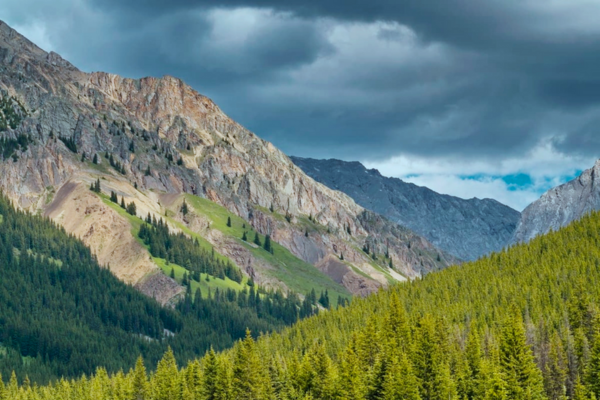I just got back from an incredible week at Kainai First Nation (Blood Reserve). This year I begin the second year of an interdisciplinary, course-based Master of Education program at the University of Calgary. My program this year is called Poo’miikapii: Niitsitapii Approaches to Wellness. Here is the university’s program description:
Centered in Niitsitapii (Blackfoot) ways of knowing, being, and doing in relation to poo’miikapii (harmony, balance, unity), and drawing on ground breaking theory and practice in Indigenizing and decolonizing approaches to wellness and counselling, these courses involve in-depth exploration of Niitsitapii approaches to wellness, aksistoiypaittapiisini (being resourceful in the face of challenges) in Indigenous communities, iskaipima (guiding people onto a better path) in service provision and education, and iihpkim mootspi (passing on the teachings one has received) through community-based program and organizational development.
As conservationists, we know that we need a better path in order to protect our environment, and ourselves. In his book Absence of the Sacred, Jerry Mander, writes
More to the point, it is directed against a mentality, and an approach to the planet and to the human place on Earth, that native people find fatally flawed. For all the centuries they’ve been in contact with us, they’ve been saying that our outlook is missing something. But we have ignored what they say. To have heeded them would have meant stopping what we were doing and seeking another path (Mander, 1991, p. 6).
As conservationists, we hold many shared values with Blackfoot people and other Indigenous cultures. As a society, we have much to learn from Indigenous people. Our course reading for the summer is a book that I recommend everyone to read: Dr. Betty Bastien’s Blackfoot Ways of Knowing. You can even download the PDF of the book for free from the University of Calgary Press. Dr. Bastien tells us,
Our knowledge and knowing process are not lost, nor are they irrelevant for a highly industrialized and technological society. They are a way that can begin to generate renewal and balance on a planet that the human species is destroying. They are a way of being that can produce knowledge to reunite and strengthen our interdependence as a community of kinship alliances. The healing power of tribal wisdom, Indigenous ways of knowing, and our ability as human beings to renew and strengthen the alliances of a cosmic universe can reverse the path of destruction on which we find ourselves” (Bastien, 2004, pp. 180-181).
There is already much good work happening within Indigenous communities to seek renewal and balance on our planet. For instance, the Kainai Ecosystem Protection Association (KEPA) is a not-for-profit, grassroots driven group from the Blood Tribe that focuses on maintaining the integrity of traditional Kainai territory. Their vision is for Kainai to value and live in a clean, healthy and protected environment that supports a sustainable society and balances our economy and traditional connection to the air, water, land and animals. Their mission is to provide leadership through ecological consciousness and environmental stewardship by monitoring, resource management and conservation awareness, while promoting protection, sustainable development and partnerships.
Off-reserve, there are many important Indigenous sacred sites, many that do not currently have protection in a park or protected area. We can work together; conservationists, Indigenous groups, and other stakeholders to ensure that our shared cultural and natural history is protected. By getting to know Blackfoot culture through my Master of Education program and by building relationships with Blackfoot people, I hope that I can be an ally in reaffirming the Blackfoot way of life and working together to protect our environment.
Jaclyn Angotti
Education Director, CPAWS Southern Alberta
More News

All-Seasons Resort Policy Released

Critical Habitat and Industry Lobbying Part 4: How DFO Allows Critical Habitat Destruction


